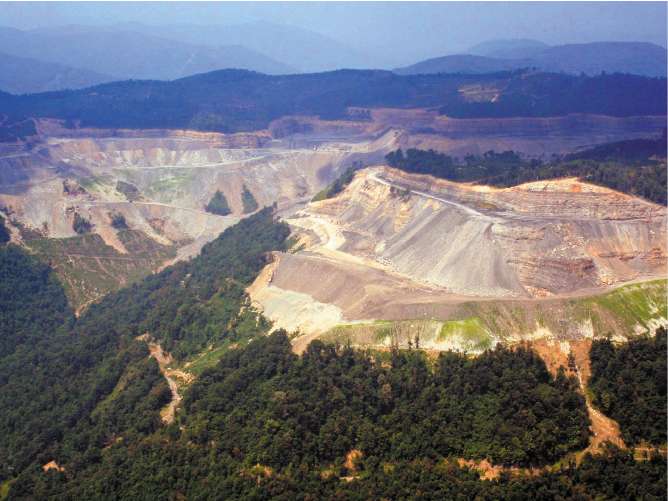Mountains, towering symbols of natural grandeur, play a crucial role in maintaining ecological balance, supporting biodiversity, and shaping local climates. However, in the pursuit of economic growth, resource extraction, and urban expansion, these natural wonders are often destroyed. While this destruction may offer some advantages, it also comes with significant disadvantages that can have long-lasting impacts on the environment, society, and the economy.
Advantages of Destroying Mountains
Resource Extraction: Mountains are rich repositories of valuable minerals and resources. Mining operations in mountainous regions can unearth precious metals like gold, copper, and iron, as well as essential construction materials such as granite, limestone, and sand. These resources are vital for various industries, fueling economic growth and technological advancements. The extraction of these resources can lead to the creation of jobs, providing income and opportunities for local communities.
Land for Development: In densely populated or land-scarce regions, the destruction of mountains can create additional land for urban development. This land can be used for residential housing, commercial projects, and agricultural purposes. The expansion of infrastructure, including roads, tunnels, and transportation networks, can also be facilitated by flattening mountainous areas, improving connectivity and accessibility.
Economic Growth: The exploitation of mountain resources contributes to economic growth through the generation of revenue for governments and the creation of employment opportunities. Mining, construction, and related industries thrive on the resources obtained from mountains, driving regional development and attracting investments.
Disadvantages of Destroying Mountains
Environmental Degradation: The destruction of mountains leads to significant environmental consequences. One of the most immediate impacts is the loss of biodiversity. Mountains are home to a diverse array of plant and animal species, many of which are endemic and cannot survive in other habitats. The removal of vegetation and alteration of the land structure also lead to soil erosion, which can trigger landslides, sedimentation in rivers, and the degradation of surrounding ecosystems. Furthermore, mountains play a critical role in maintaining water resources. Their destruction can disrupt watersheds, reduce water availability for downstream communities, and degrade water quality.
Climate Change: The activities involved in destroying mountains, such as deforestation and excavation, release large amounts of carbon dioxide into the atmosphere, contributing to global warming. Additionally, mountains influence local and regional climate patterns. Their destruction can alter these patterns, leading to changes in weather conditions, agricultural productivity, and water supply, thereby exacerbating the impacts of climate change.
Social and Cultural Impact: The destruction of mountains can have profound social and cultural consequences. Indigenous and local communities that have lived in or near mountainous regions for generations may be displaced, losing their homes, cultural heritage, and traditional ways of life. Mountains often hold cultural and spiritual significance for many communities. Their destruction can result in the loss of cultural identity and traditions, eroding the social fabric of these communities.
Increased Risk of Natural Disasters: The destabilization of mountain slopes due to deforestation and excavation increases the risk of landslides, posing a significant threat to nearby populations. Additionally, the alteration of land structure can lead to changes in water flow patterns, increasing the risk of flooding in downstream areas. The loss of natural barriers that mountains provide can exacerbate the frequency and intensity of these disasters, endangering lives and livelihoods.
Conclusion
While the destruction of mountains may bring short-term economic benefits through resource extraction and land development, the long-term consequences are often dire and irreversible. The environmental degradation, climate change, social displacement, and increased risk of natural disasters far outweigh the advantages. It is crucial to recognize the irreplaceable value of mountains and to adopt sustainable practices that balance economic development with environmental preservation. Protecting these natural wonders is essential not only for the well-being of current generations but also for the sustainability of our planet for future generations.
